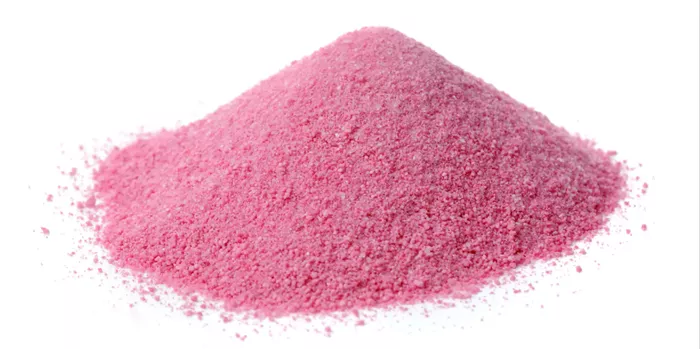Health authorities are issuing an urgent warning regarding the rising prevalence of a synthetic drug known as pink cocaine, which has rapidly spread from Spain to the UK. Following Spain’s largest-ever synthetic drug bust earlier this month, which seized significant quantities of pink cocaine alongside over a million ecstasy pills, experts are increasingly concerned about the substance’s unpredictable and dangerous nature.
Joseph Janes, a criminology lecturer at Swansea University, explained that despite its misleading name, pink cocaine does not typically contain actual cocaine. Instead, it is often a mixture of various drugs, including MDMA (commonly known as ecstasy), ketamine, and 2C-B. Each of these substances carries its own health risks. For instance, MDMA is a stimulant with psychoactive properties, while ketamine is a powerful anesthetic known to cause sedative and hallucinogenic effects. The 2C drugs are classified as psychedelics, capable of producing stimulant-like effects.
Pink cocaine, recognized for its vibrant color and visual appeal, is often enhanced with food coloring and flavorings like strawberry. This aesthetic quality has contributed to its popularity, especially among young and first-time users. The drug first emerged in Colombia around 2010, with roots dating back to 1974, when it was originally synthesized by American biochemist Alexander Shulgin.
As the drug proliferates from Ibiza to other regions, including Scotland, Wales, and parts of England, its dangerous composition has led to an increase in drug-related deaths. Experts warn that consuming pink cocaine is akin to “playing Russian Roulette,” as users expect a stimulant effect but may inadvertently ingest dangerous levels of ketamine, leading to severe health complications such as unconsciousness and respiratory issues.
Health officials across Europe are alarmed by the drug’s potential to evade detection through standard drug testing methods. This challenge is particularly pronounced in Spain, where current testing protocols are inadequate for identifying all components of pink cocaine. Sold for approximately $100 per gram (£76), it is marketed as a high-end product, further appealing to its target demographic.
In the UK, pink cocaine falls under the Misuse of Drugs Act 1971, encompassing substances classified as Class A and B drugs. While pink cocaine itself may not be explicitly listed, its common constituents—MDMA and 2C-B—are classified as Class A drugs, while ketamine is categorized as Class B.
One of the critical needs highlighted by the emergence of pink cocaine is the availability of accessible drug-checking services. These kits serve as essential harm-reduction tools, allowing users to test substances for unknown components before consumption. Public awareness campaigns and support services are equally vital in mitigating the risks associated with this evolving drug landscape.
The rise of pink cocaine underscores the dynamic nature of illicit drugs, where aesthetics, social media influences, and risky behaviors intertwine to create new threats. As authorities and health services mobilize to address the challenges posed by this synthetic drug, it is crucial for the public to remain informed and vigilant.
You may be interested in


